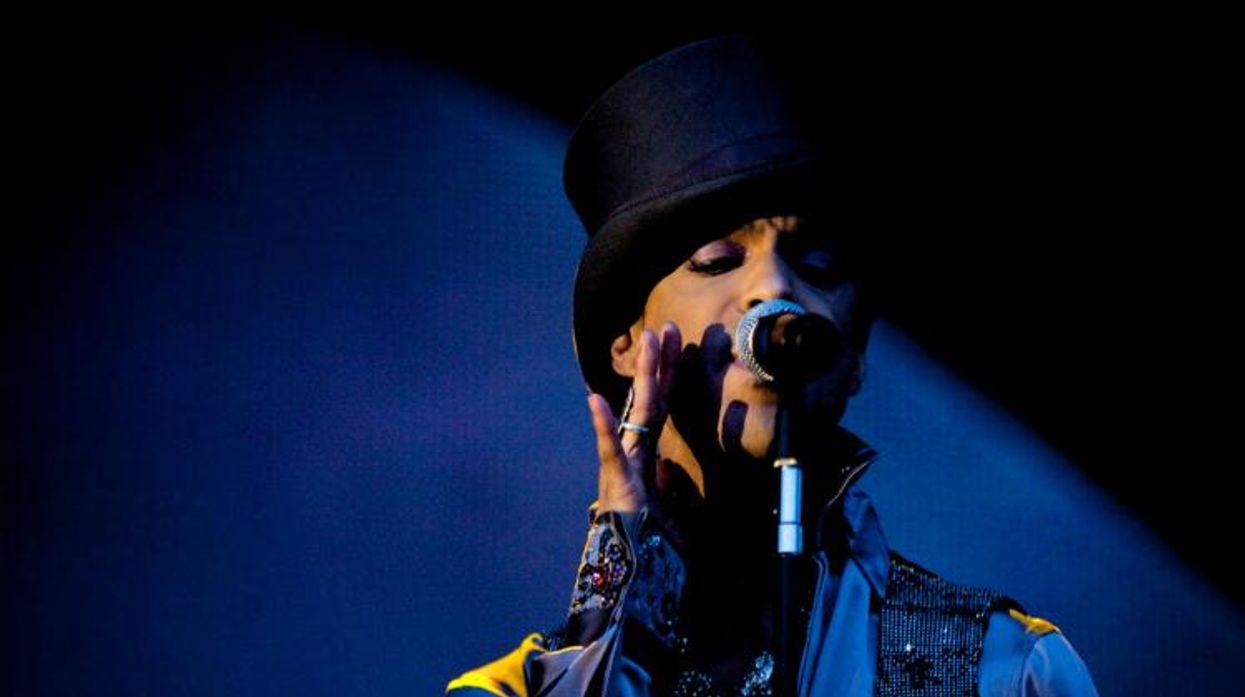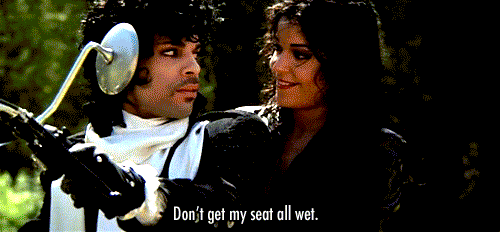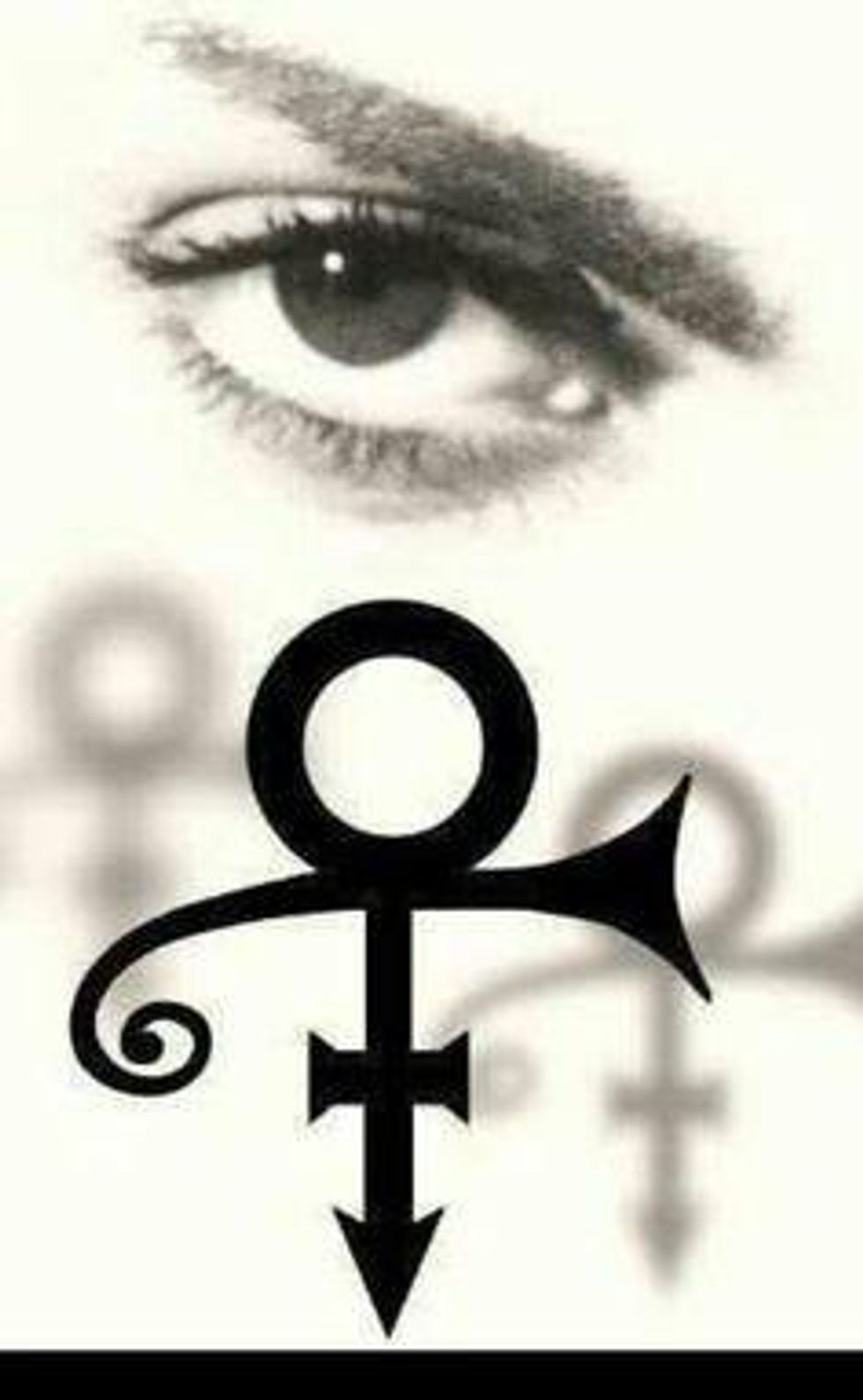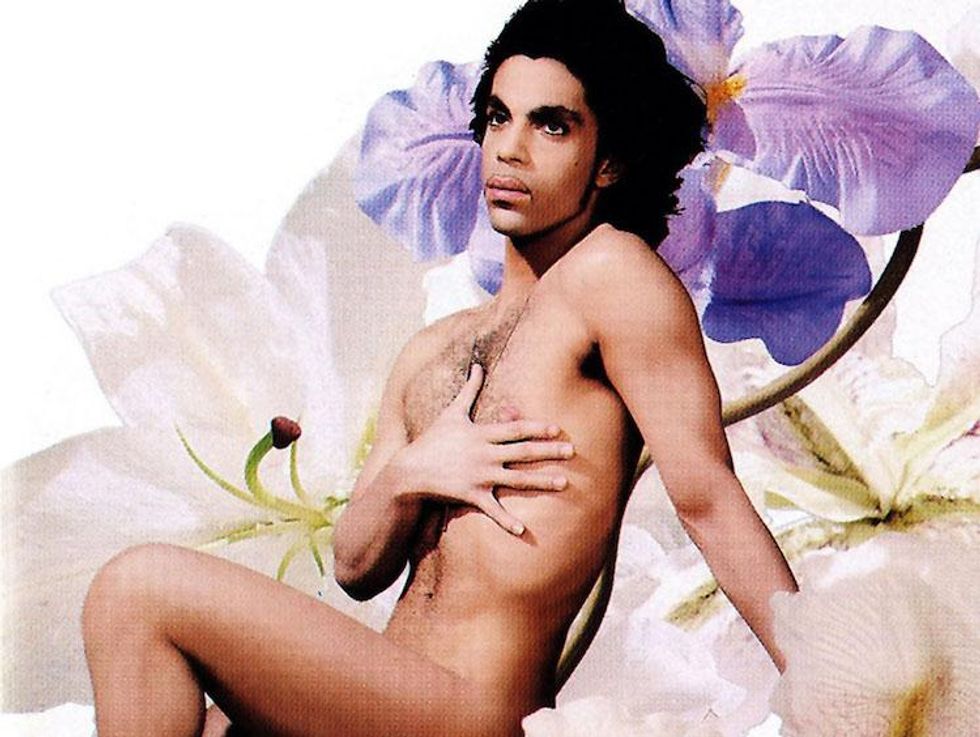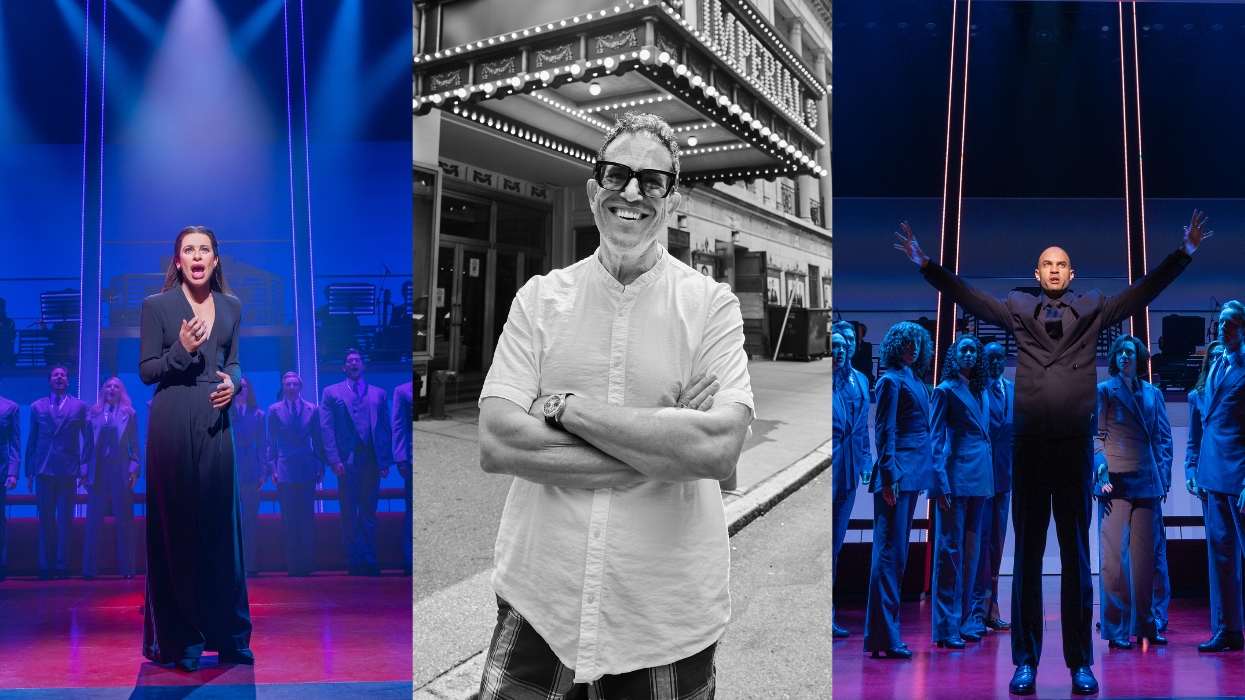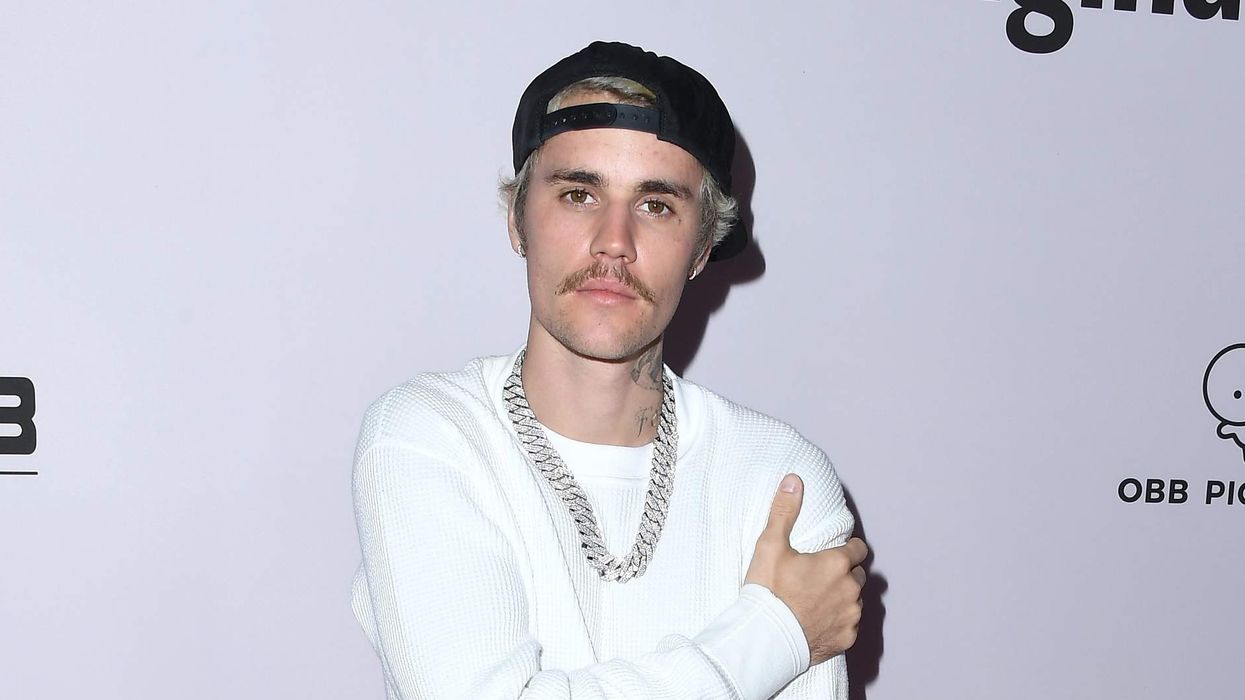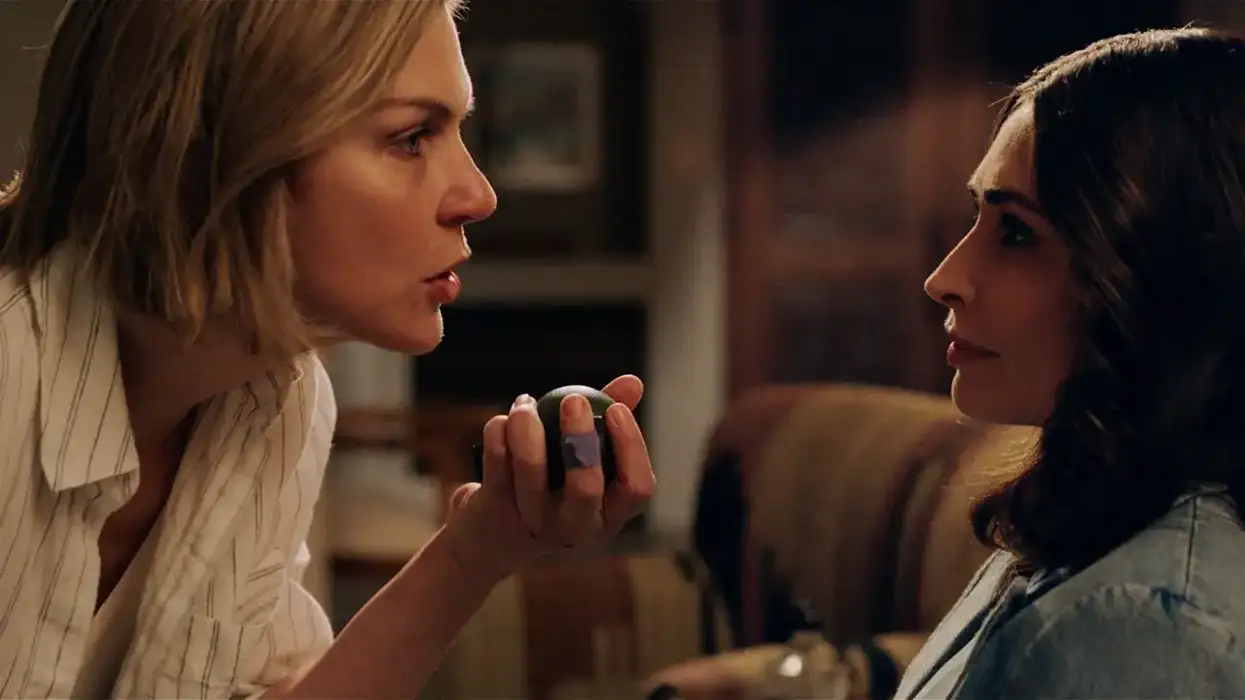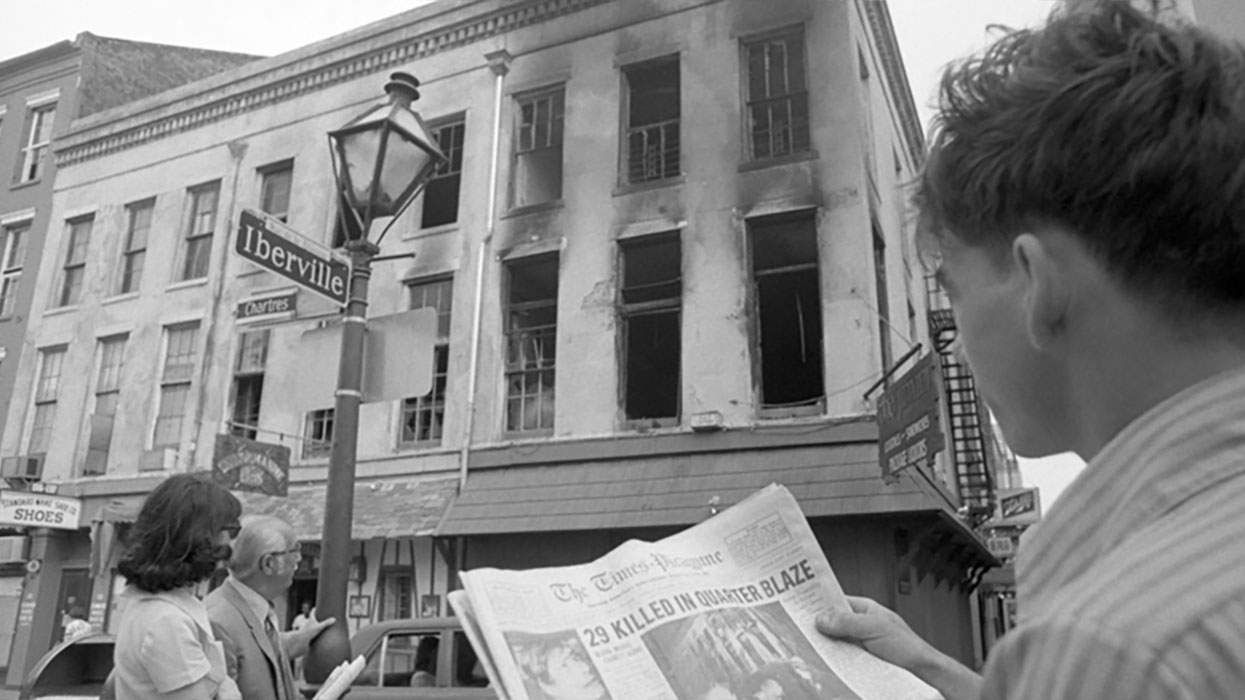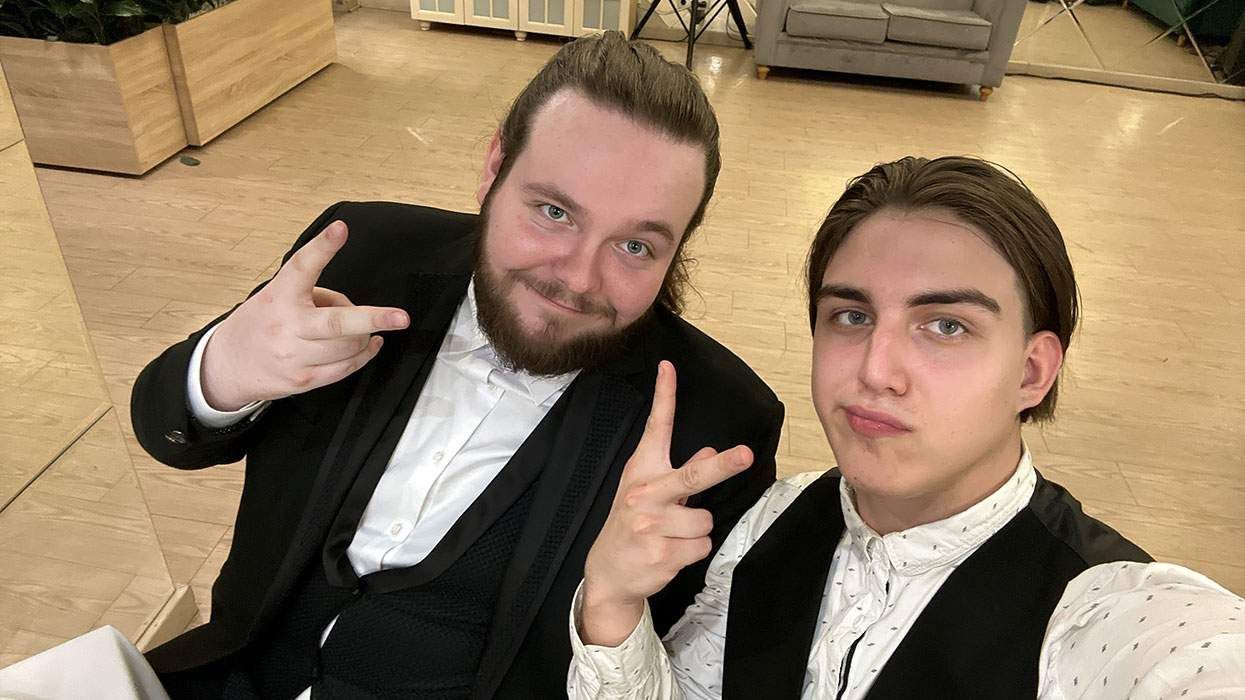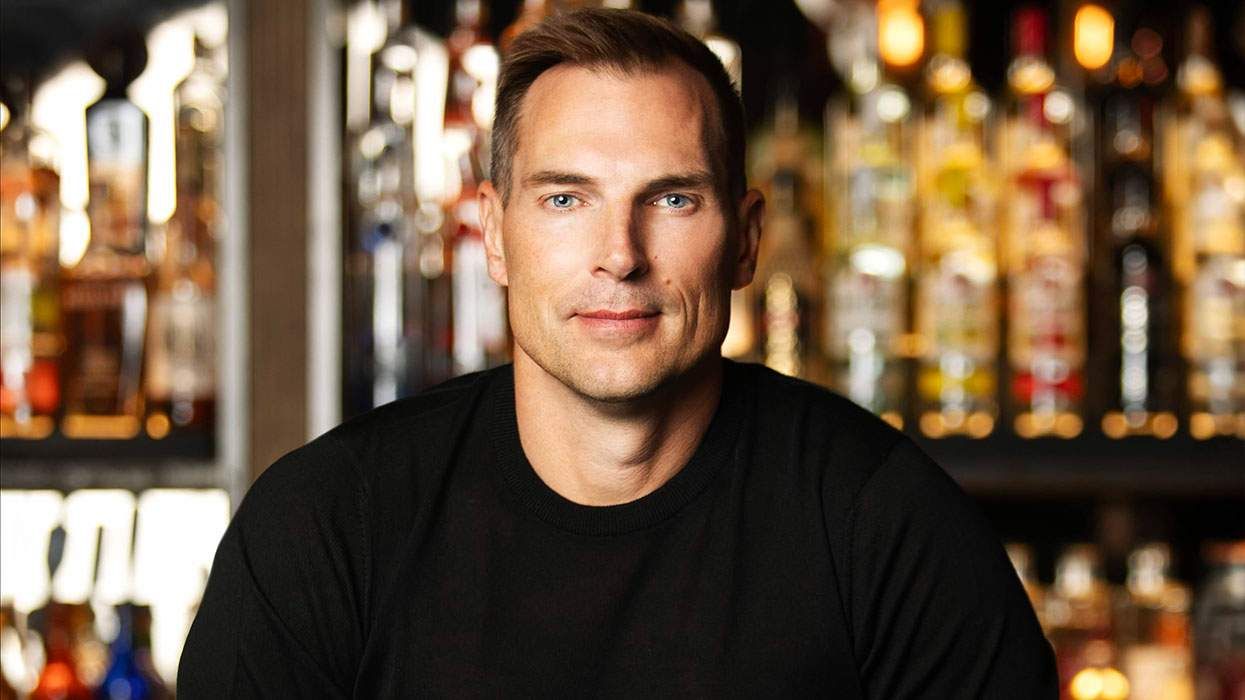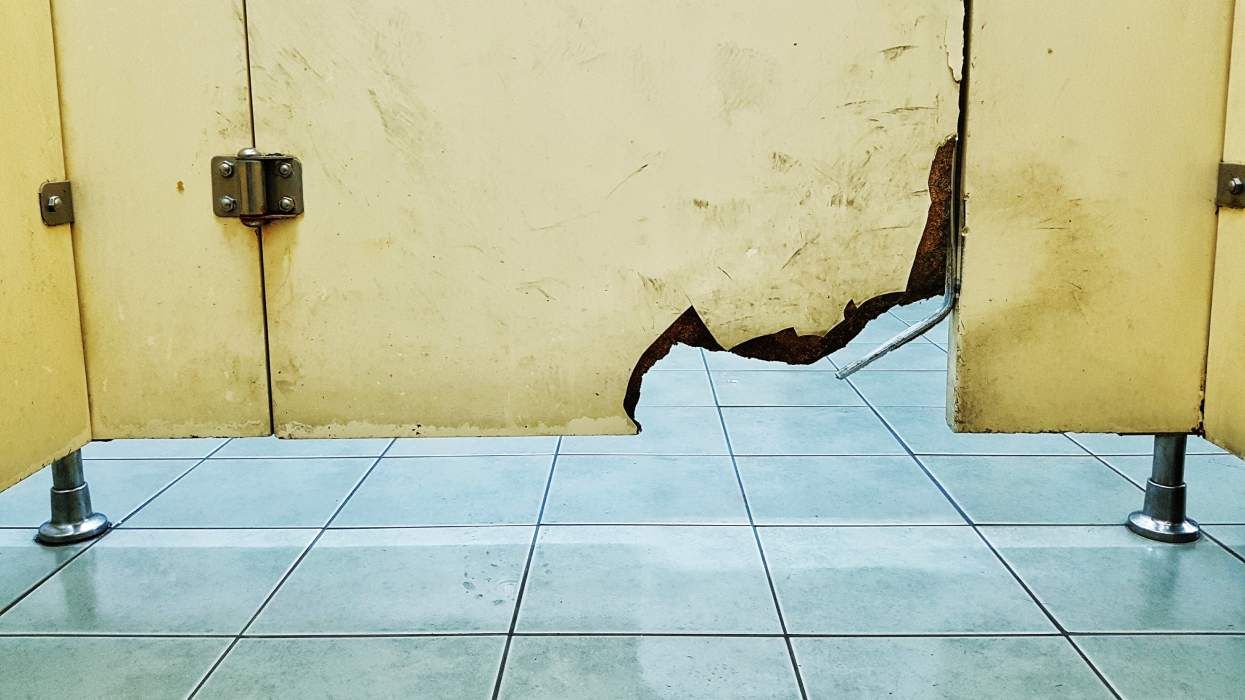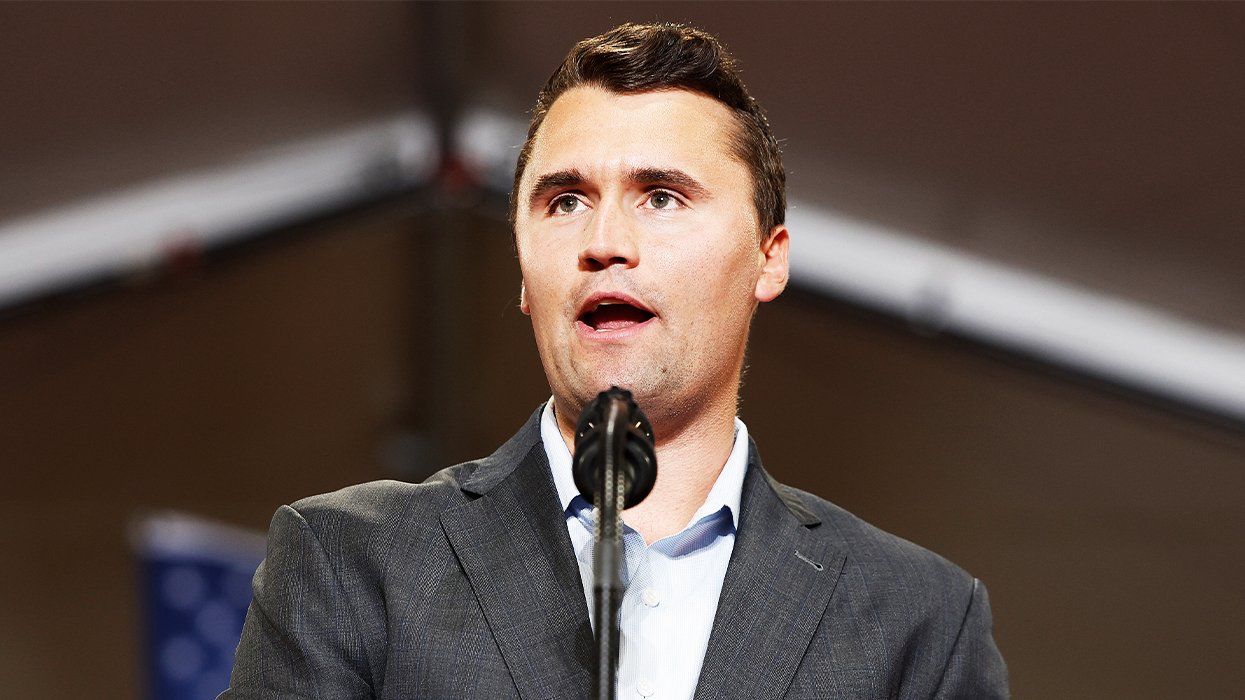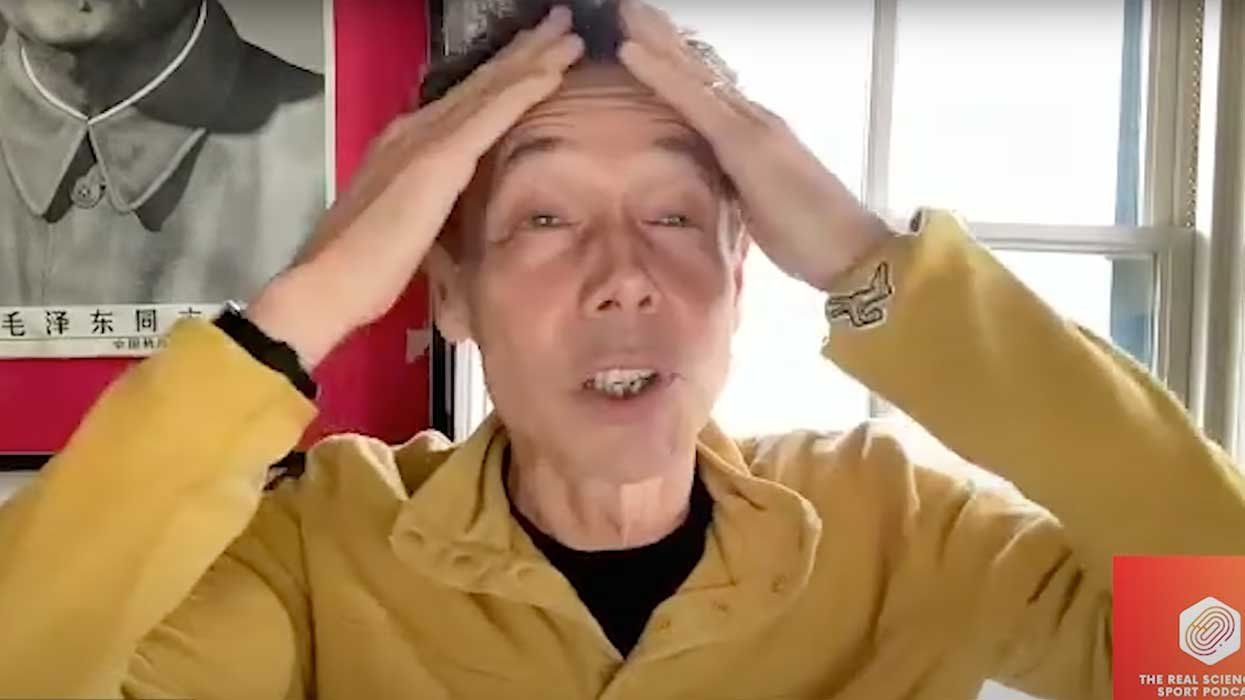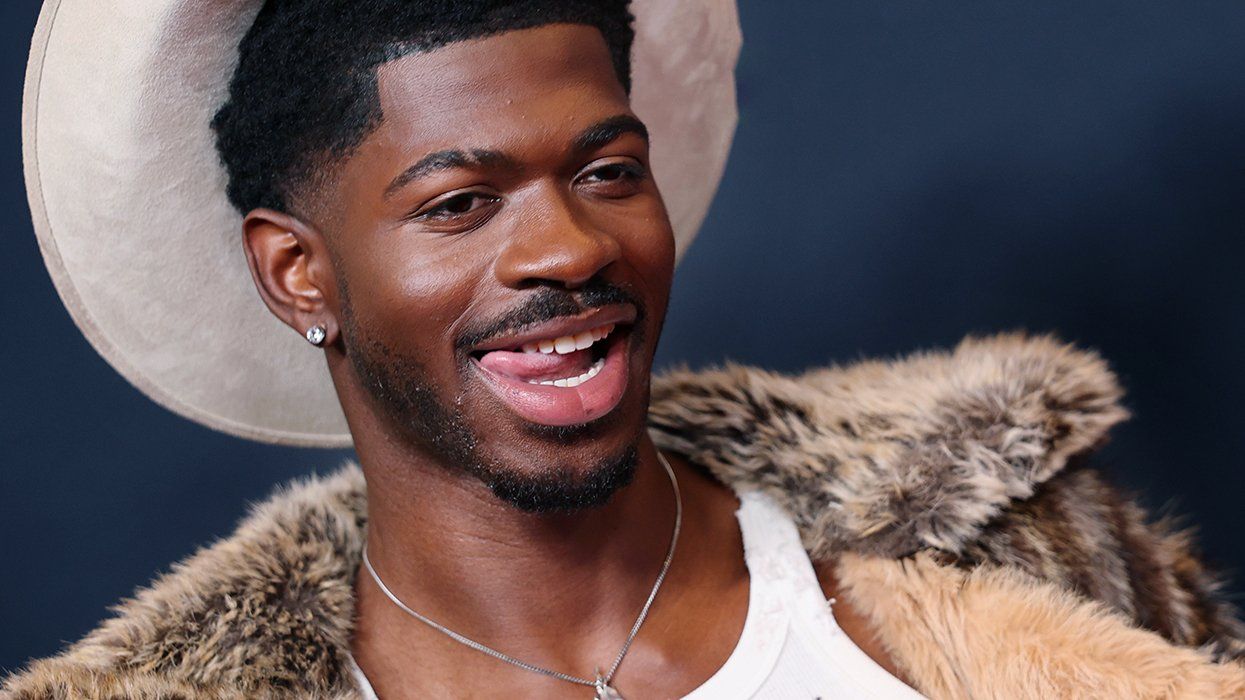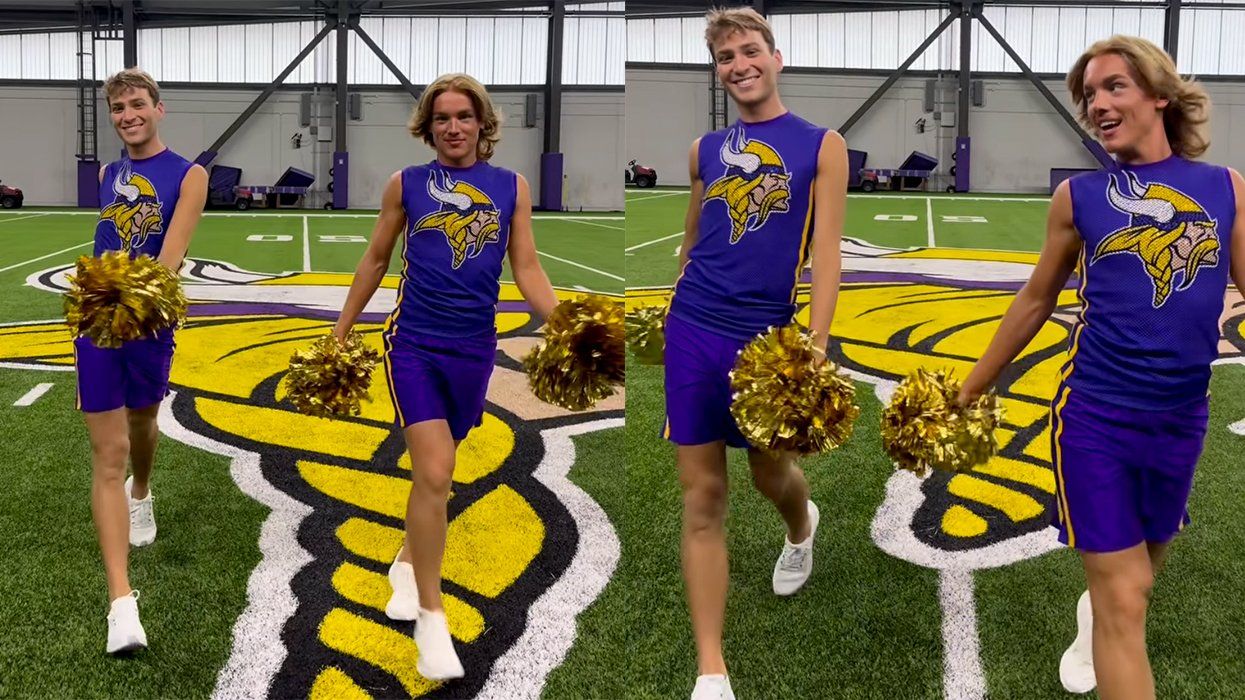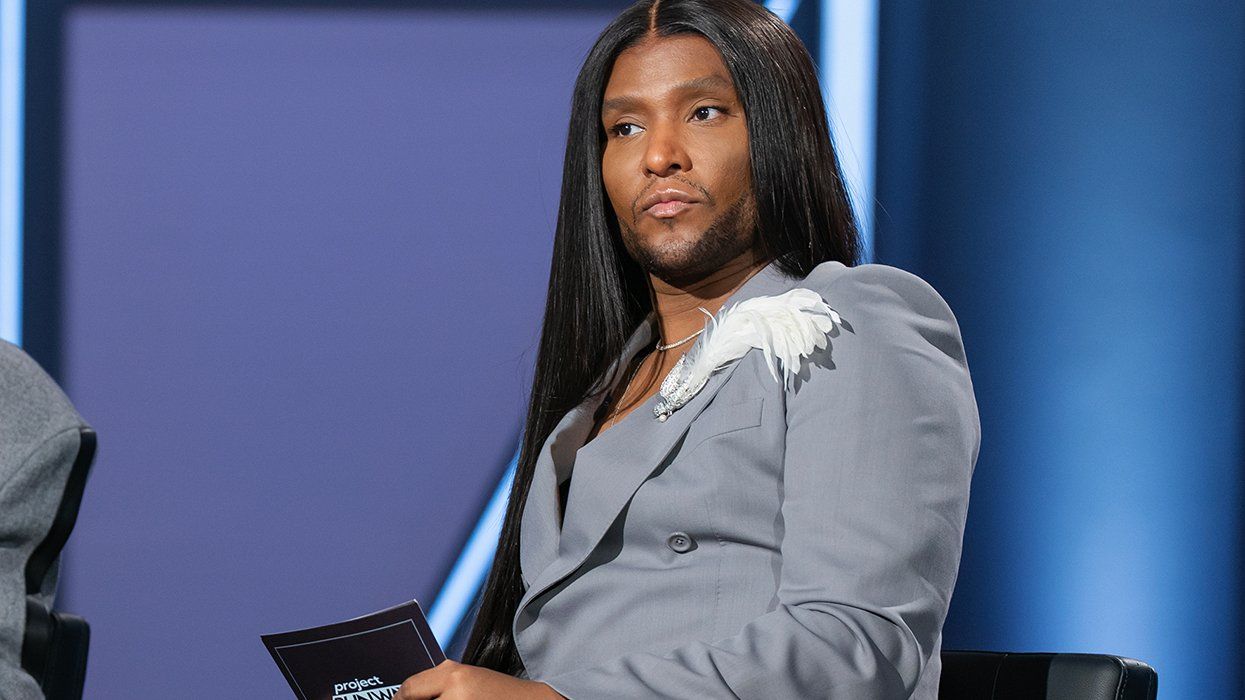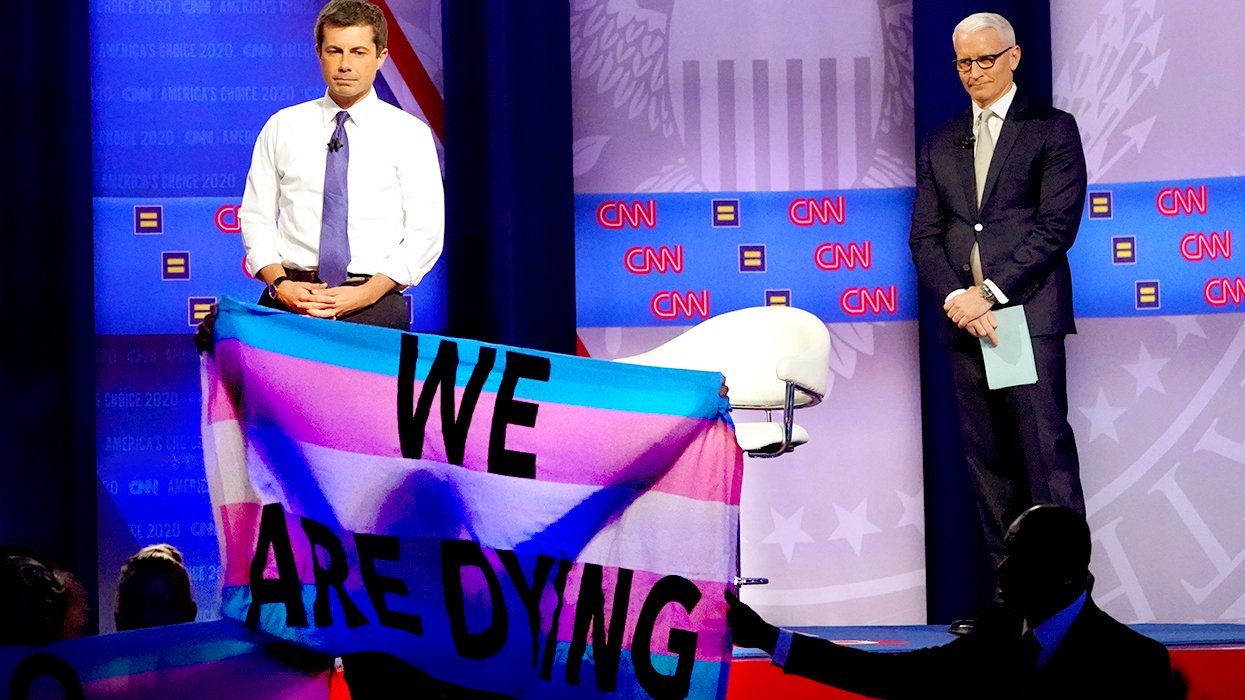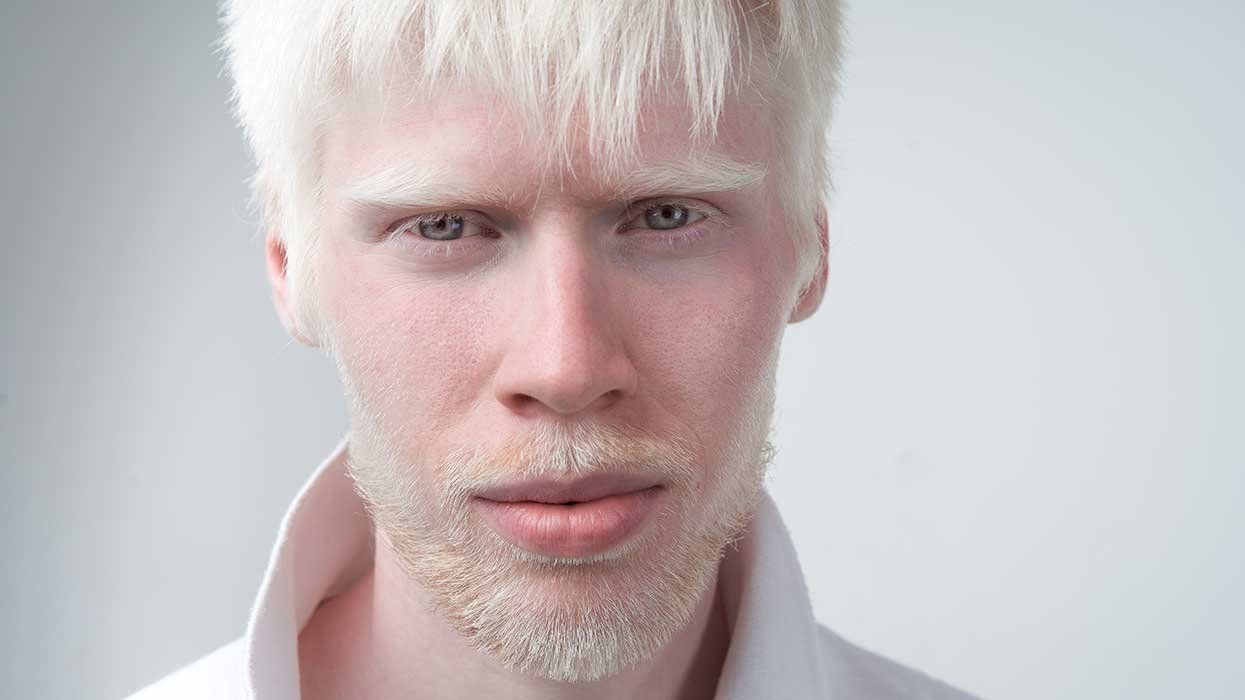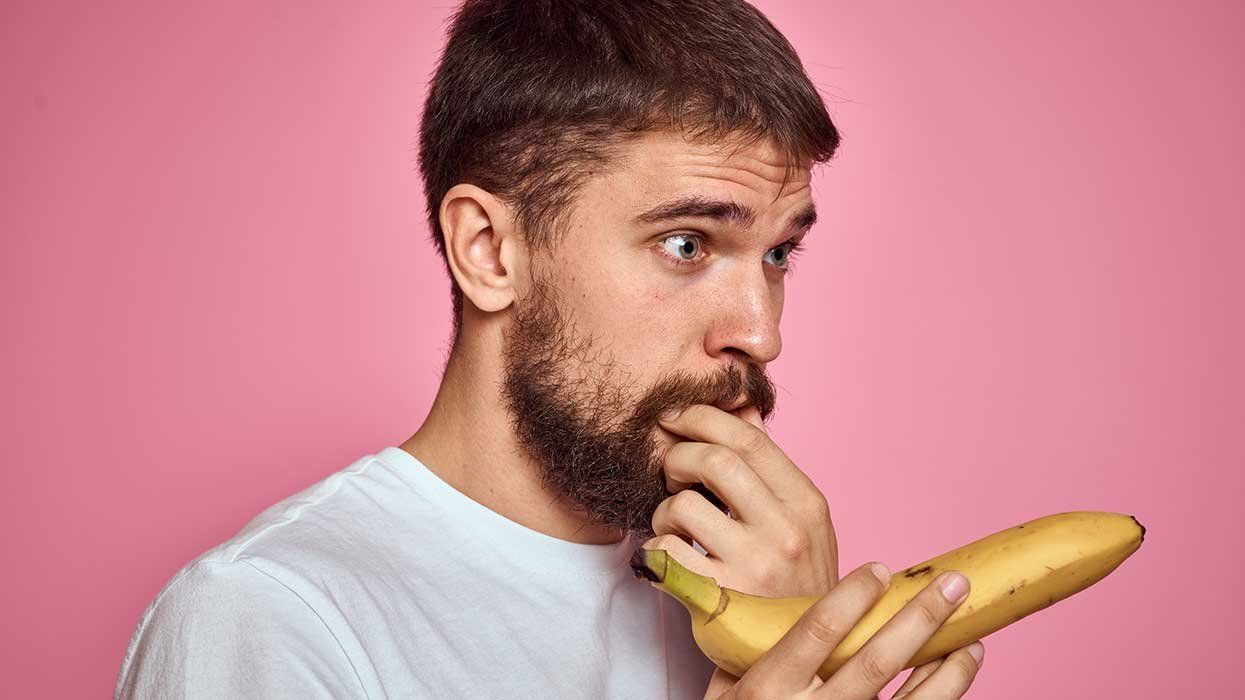With his iconic royal name and regal purple color, Prince was music royalty. But for many, he was also much more than his name: he was an icon that showed the power of gender fluidity and being queer.
Much like his predecessor David Bowie, Prince embraced the power of androgyny. As he strutted on stage in heels, donned bikini bottoms or vamped in heavy eye make-up, Prince eroded the stable categories of masculine and feminine, playing with both identities and showing how interchangeable they were. Whether it was his performance of machismo in Purple Rain or his deliberately feminine pantsuit on the cover of Esquire, Prince spent his career celebrating gender fluidity and defying categories of straight and gay.
Looking back at his music, much of it now stands as an incredibly important case study of androgyny in our culture. Prince's clever marriage between a feminine image--pumps and large hoop earrings--and a masculine one--thick black chest hair and groomed beard--helped create an alluring mystique, making it often hard to define him. Was he gay? What he straight? Was he masculine? Was he feminine? It didn't matter. Prince deliberately played with these questions.
With 1984's "I Would Die 4 U," Prince croons, "I'm not a woman, I'm not a man/ I am something that you'll never understand." If we pair lyrics like these with the iconic cover of his 1988 record Lovesexy--Prince naked and adorned with large blossoming flowers recalling an Andy Warhol print--you have an avowedly camp and carnivalesque Prince, unwrapping the many layers of gender and sexuality that we try and read into male performers. This constant contradiction and play meant that were never able to understand Prince solely through one lens.
When Prince decided to change his name to the (unpronounceable) symbol "Love Symbol #2" he chose it since it united the male and female "sex" symbols, and not only made his identity an inherently androgynous one, but also made us see beyond him, beyond his name. Prince was an indefinable figure of culture and music.
For many members of the queer community, Prince's sheer persistent resistance to being restricted by language was an exciting and provocative feat and one through which they could channel their own frustrations and identity struggles. And so when he later changed his name back to "Prince," he once more demonstrated the innate arbitrariness of names and titles; they are simply labels placed on people and one could easily shift between them. It's no surprise, then, that he later became known as the "The Artist Formerly Known As The Artist Formerly Known As Prince."
The way Prince actively straddled so many different sexual and gender identities across his career represented his longstanding desire to be recognized first and foremost as an artist. The way Prince played with gender in his music helped normalize gender fluidity across American music, fashion, and culture. Thanks to artists like Prince, androgyny represented an important vehicle for queer and non-binary folks to express themselves. Many in the LGBT community responded to Prince's ever-changing and amorphous image and channeled it into their own gender and sexual journeys.
In a heartfelt obituary, musician Frank Ocean outlined many of the queer pleasures of Prince:
He was a straight black man who played his first televised set in bikini bottoms and knee-high heeled boots, epic. He made me feel more comfortable with how I identify sexually simply by his display of freedom from and irreverence for obviously archaic ideas like gender conformity.
There is of course some irony to this claim about Prince's queer legacy; Prince was actually a staunch Jehovah's Witness and did not endorse same-sex marriage. In a 2008 interview with The New Yorker, when pushed for a response to his thoughts on same-sex marriage, Prince apparently "tapped his bible."
But whether or not Prince actually supported same-sex marriage is irrelevant. What queer fans respond to is the camp image he projected and the message he delivered about rejecting norms placed on your sexuality or gender. Prince, whether or not pro-LGBT, to his fans he was queer through and through, and remained a vanguard for those struggling with their identity.
Prince will always be royalty to us.
Nathan Smith is an arts and culture writer. His writing has appeared in The Washington Post, The Atlantic and Forbes. Nathan tweets @nathansmithr.


